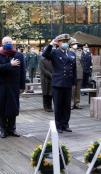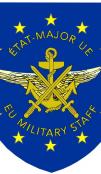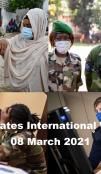EUROPEAN UNION NAVAL FORCE SOMALIA Military Operation ATALANTA
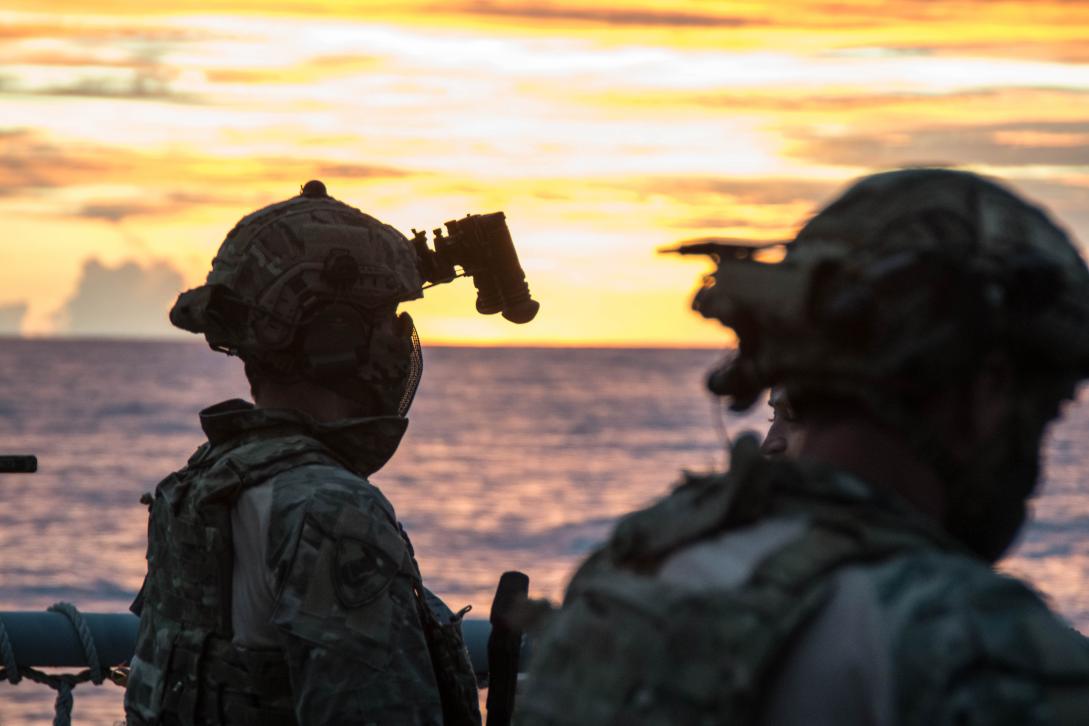
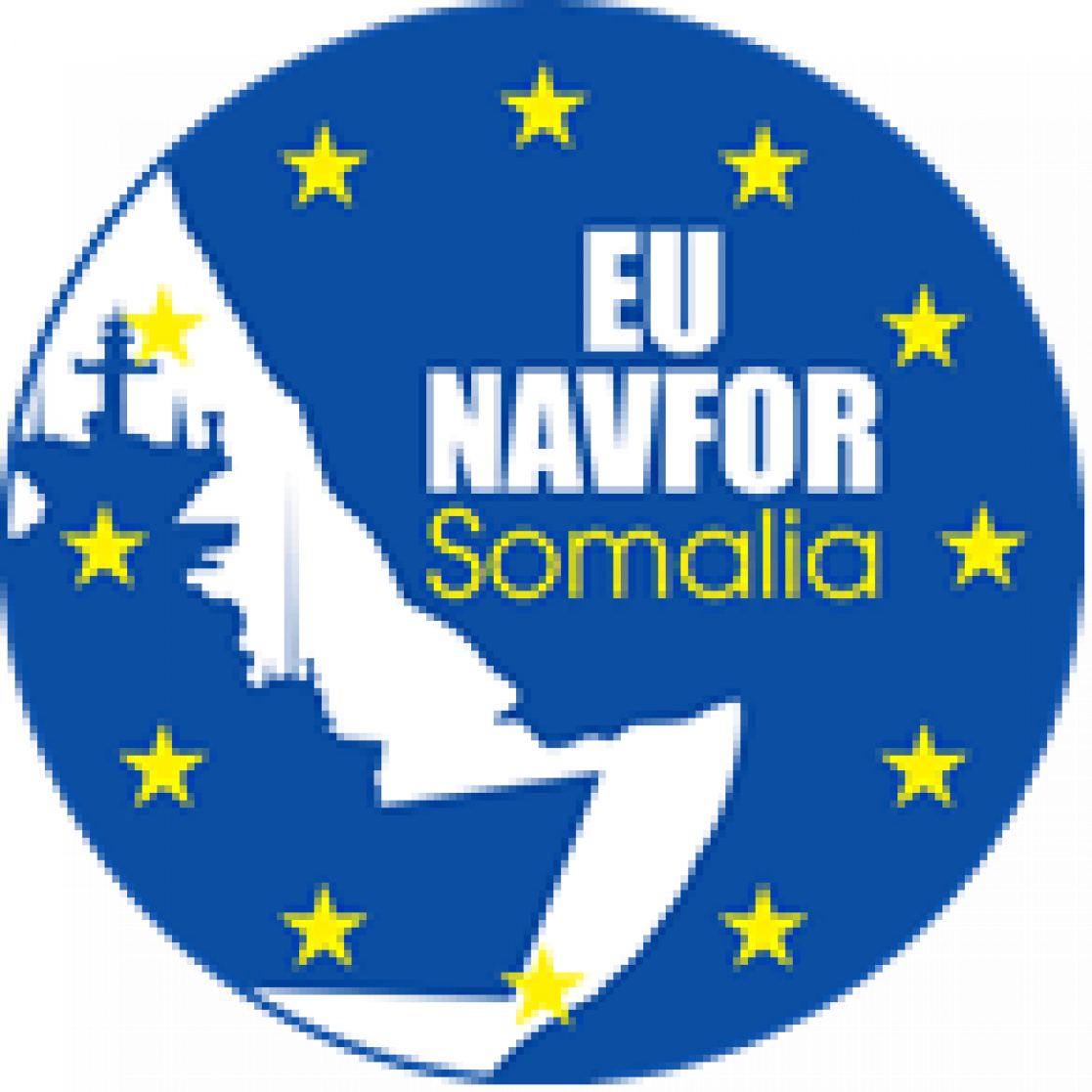
Background
In 2008, the Somali piracy crisis was at its height: ships plying east-west trade routes between Europe and Asia were under a very real threat, as violent criminal groups operating from the Somali shore seized an ever increasing numbers of vessels and held crews to ransom. At the height of the crisis in January 2011, some 736 mariners were held hostage at one time, and 32 ships remained seized off the coast of Somalia.
In condemning all acts of piracy and armed robbery against vessels off the coast of Somalia, the Security Council unanimously adopted United Nations Security Council Resolution (UNSCR) 1816 on 2 June 2008. UNSCR 1816 was adopted with consent of Somalia, and authorizes a series of decisive measures to combat such crimes.
As part of these measures, and in support of UNSCR 1816 the European Union launched its first military coordination action in September 2008. This formed what was initially known as EU NAVCO (EU Naval Cooperation) and evolved into what is now known as EU NAVFOR. The European Council had already expressed its concern at the upsurge in piracy attacks off the Somali coast, which affected humanitarian efforts and the international maritime traffic. The Council had also stressed the need for wider participation by the international community to secure the delivery of humanitarian aid to Somali populations.
Over the ensuing decade, EU NAVFOR has worked hand-in-glove not only with the other multinational naval forces operating in this region (NATO and the Combined Maritime Forces, together forming ‘The Big Three), but also the navies of the independent deploying nations: China, India, Japan, Korea and Russia, which all have major shipping interests present.
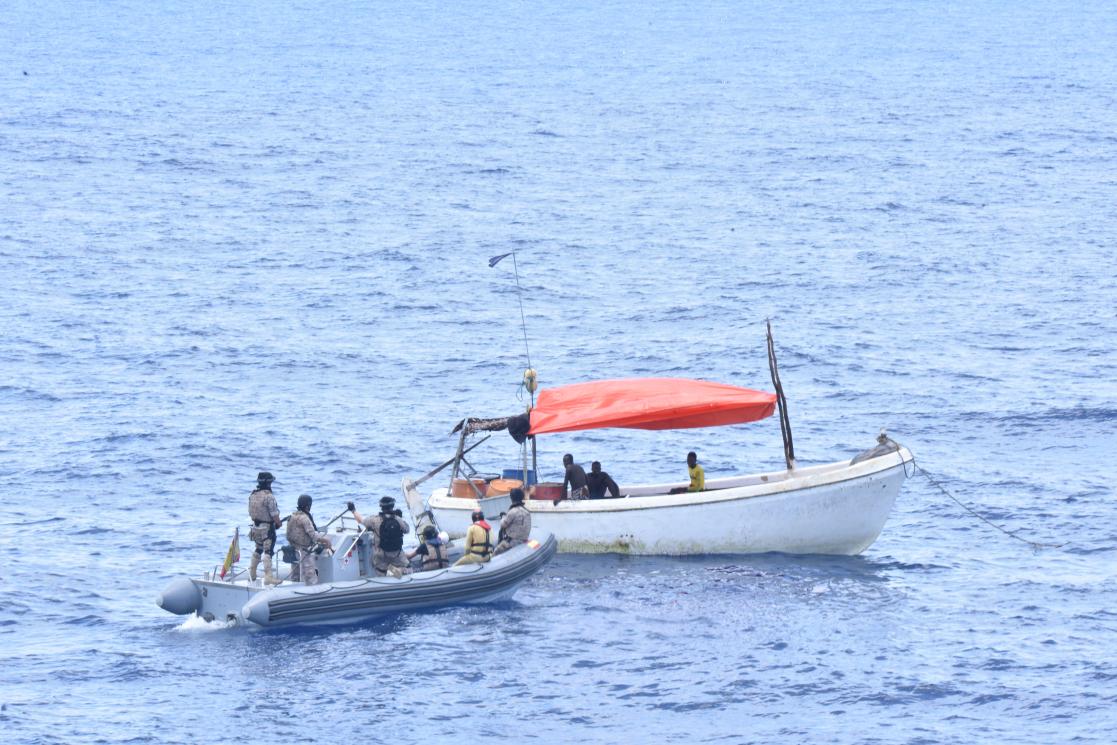
Mission & goals
The European Naval Force Somalia Operation ATALANTA is a counter-piracy military operation conducted at sea off the Horn of Africa and in the Western Indian Ocean. It was the first Maritime CSDP operation of the European Union in which individual Member States united together under the EU flag. Operation ATALANTA was launched on 8 December 2008 and has been extended by the European Council until December 2020. It has the following objectives:
- Protect vessels of the World Food Programme (WFP) and other vulnerable shipping in the Gulf of Aden and the Western Indian Ocean;
- Deter, prevent and repress piracy and armed robbery at sea;
- Monitor fishing activities off the coast of Somalia;
- Support other EU missions and international organisations working to strengthen maritime security and capacity building in the region.
EU NAVFOR operates in an Area of Operations covering the Southern Red Sea, the Gulf of Aden and a large part of the Indian Ocean, including the Seychelles, Mauritius and Comoros. The Area of Operations also includes the Somali coastal territory, as well as its territorial and internal waters. Together, this represents an area of about 4,700,000 square nautical miles (approximately 8,700,000 square kilometres), over twice the size of the European Union.
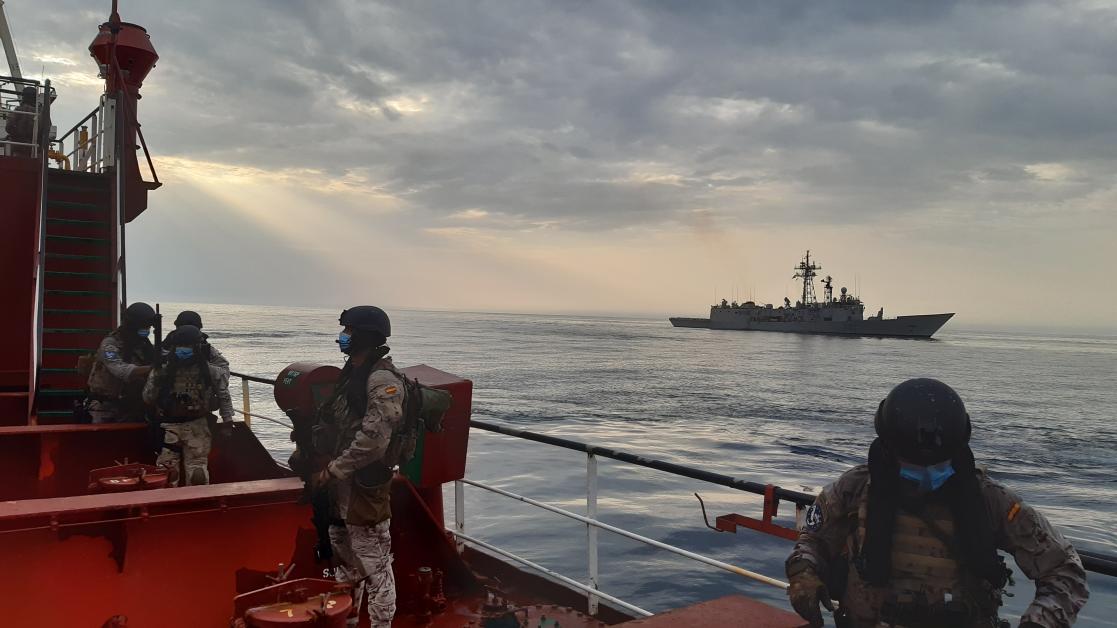
Composition
The composition of EU NAVFOR Somalia changes constantly due to the frequent rotation of units, and varies according to the monsoon season in the Indian Ocean. However, it typically comprises approximately 600 personnel, 1-2 Surface Combat Vessels, 1-2 Maritime Patrol Reconnaissance Aircrafts, 1-2 Rotary Wings Aircrafts, 1 Unmanned Aerial System and 1 Autonomous Vessel Protection Detachment.
Participation in EU NAVFOR goes beyond the EU Member States. Norway was the first non-EU country to contribute to the Operation, with a warship in 2009. Thereafter, the Republic of Montenegro, the Republic of Serbia, Ukraine and the Republic of South Korea participated in the operation and provided staff officers to the Operational Headquarters and Force Headquarters. Ukraine contributed a warship early in 2014, and New Zealand deployed a Maritime Patrol and Reconnaissance Aircraft later the same year.
@Follow us
|
Mission/operation website: |
|
|
Facebook: |
|
|
Twitter: |
|
|
Instagram: |
@operationatalanta |
|
LinkedIn: |
https://www.linkedin.com/company/european-union-naval-force/ |
|
YouTube: |
https://youtube.com/c/EUNAVFORSomaliaOperationATALANTAofficial |
|
Flickr: |

